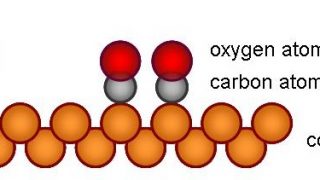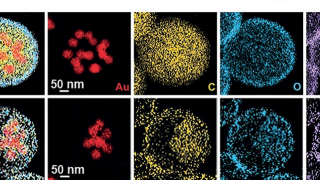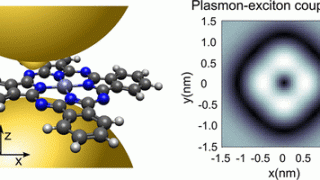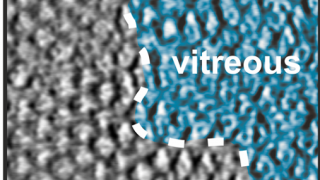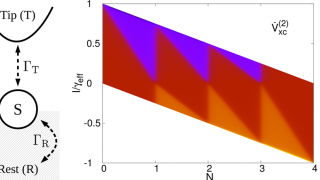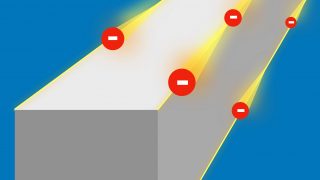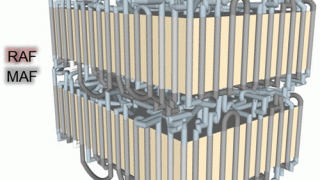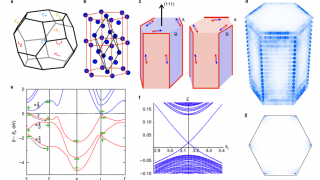
HOTI bismuth
Condensed matter • Materials • Nanotechnology • Physics • Quantum physics • Theoretical physics
The properties of bismuth have long defied classification, placing it in a category of its own. Now, as if it was not enough, it turns out its electronic structure has higher-order topology. This has been shown by an international team with the participation of Maia G. Vergniory (DIPC, Ikerbasque, UPV/EHU) and coordinated by Titus Neupert […]
